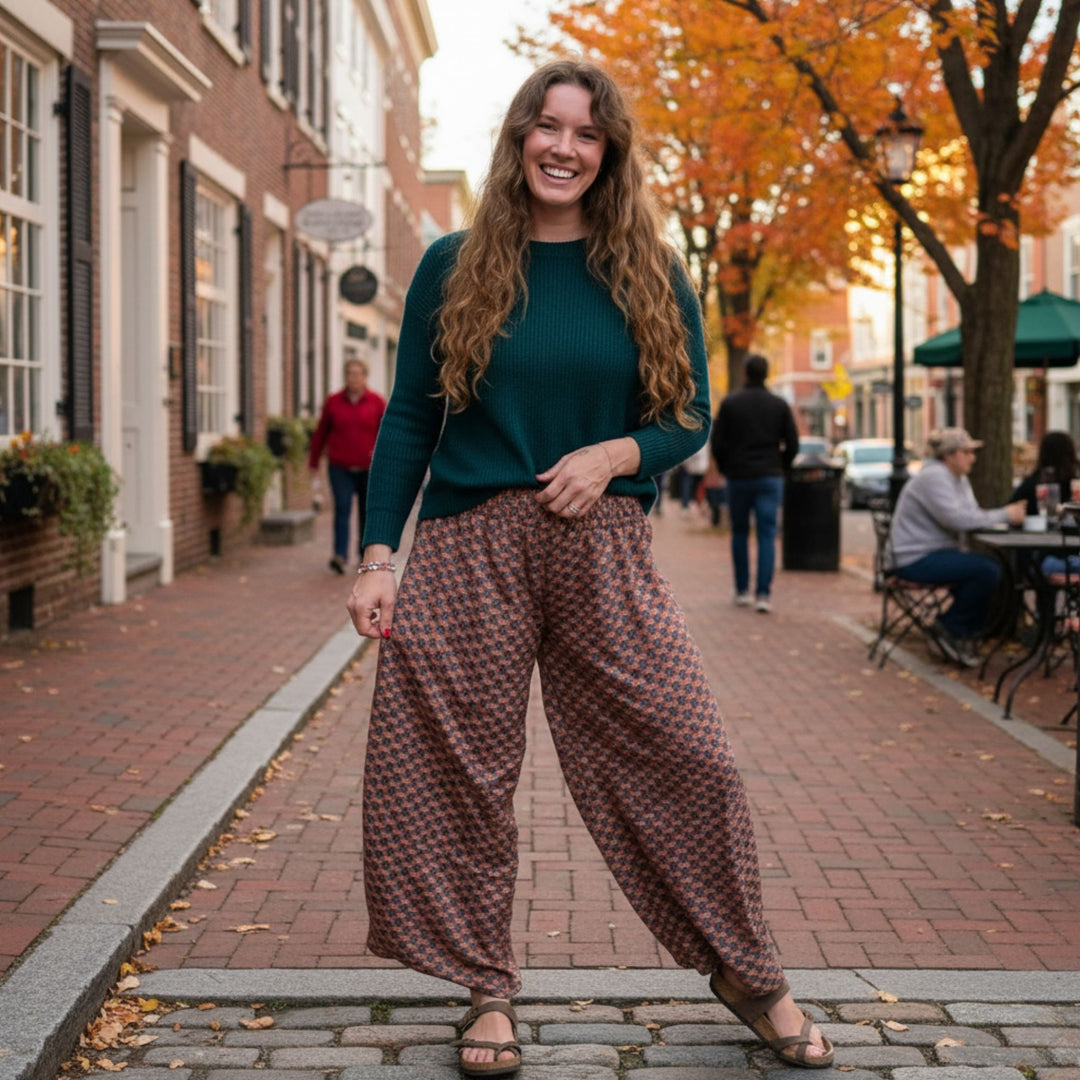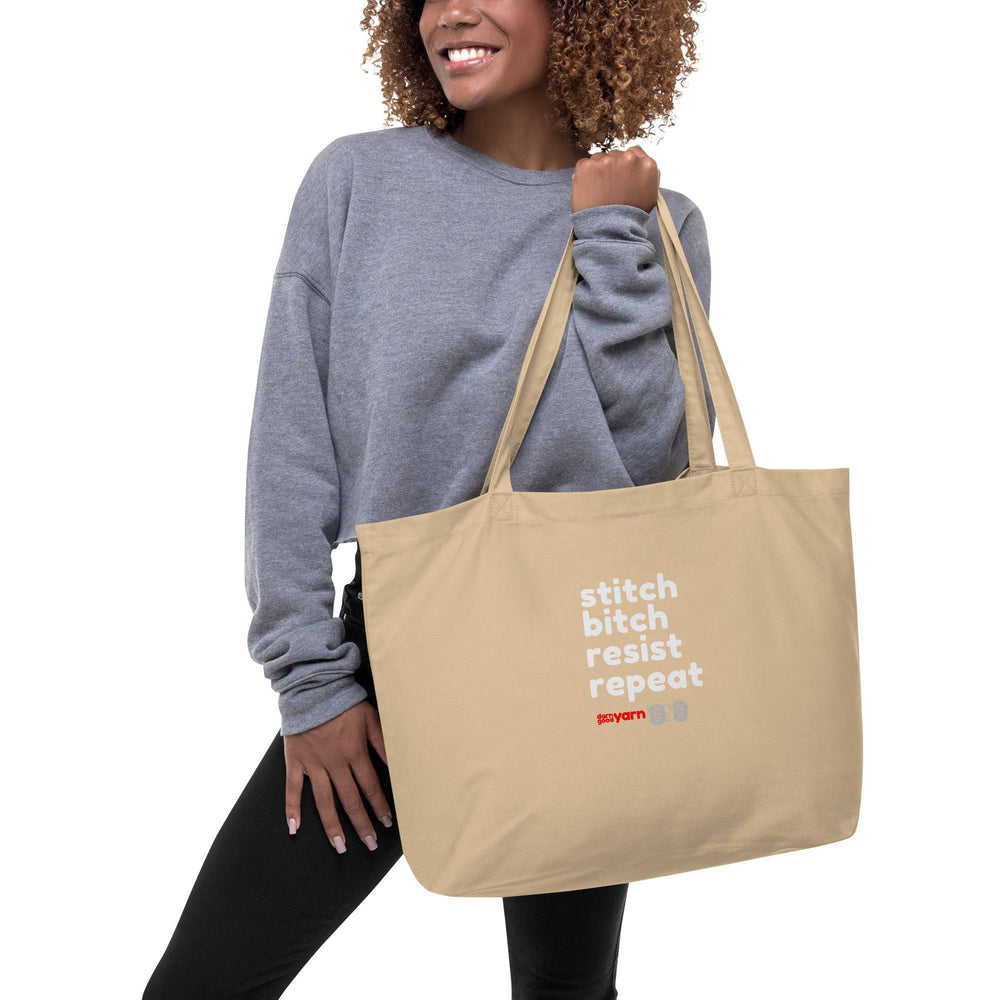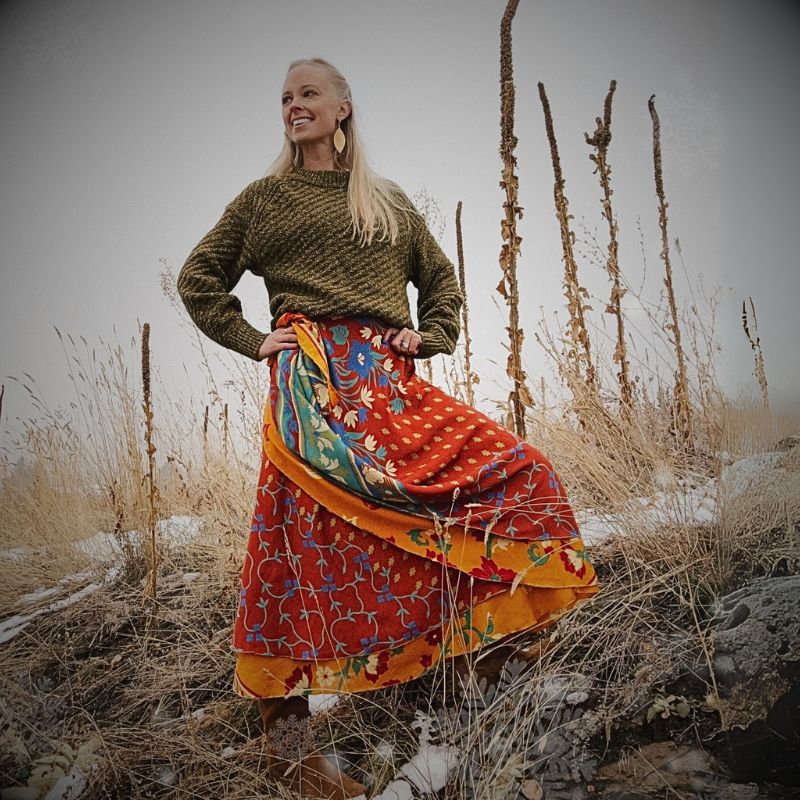Written by Kate Curry
Here at DGY, we love reclaimed sari silk- that's why 95% of our products are made out of it! It's an incredible textile with a rich history. Silk, first developed in China as a luxury, was quickly distributed across the world via the famous Silk Road. The history of Indian silk is a long one, dating back to the Indus Valley civilization. For hundreds of years, India was one of the largest producers and users of silk in the world. India's textile industry was devastated by colonialism, but India has been rebuilding its powerhouse industry over the last 50 years.

One of the main uses for silk in India is for their gorgeous traditional Indian clothing, one of the most popular articles is the sari (or saree). Saris are long cuts of cloth that are wrapped and draped around a person's body. Saris have been worn for the last 5,000 years, around the same time that silk was first described in the Indus Valley.
How Is Silk Made?
The majority of silk is made by gathering silkworms and harvesting the cocoons that they use to lay their eggs in. The cocoons are placed in boiling water to soften them, which destroys the eggs inside. Each cocoon is then harvested and the threads of silk are wound on a reel.

From there, the threads are dyed and spun into their required color and fiber. In India, the majority of silk making is done using the ahimsa method. This is also known as peace silk, since this cruelty-free method is done without harming the silk worms. With these silk fibers, sometimes combined with other textiles like chiffon or cotton, saris are woven using looms. This is when images or special little embellishments can be added.
Traditional Indian Saris Today
Fashion styles have changed a bit since saris were first mentioned in India. There are over 30 different types of saris known today from different regions of South-Asia and the Middle East. They can be made of different textiles, but silk or silk-combos are the most popular fabric for saris. Most sari-wearers have anywhere from 20-30 saris in their closets- but some well-off people have been known to have hundreds.
That's where we come in!
With saris being an everyday staple (I like to compare them to the American use of jeans) a ton of saris are created and worn everyday. This means that saris are often found in landfills and are a large portion of the fast fashion industry in South Asia. Our artisans work to reclaim and recycle these saris to be created into recycled Indian sari skirts, clothes, and yarn.

With so many types of saris out there in the world, it’s almost impossible to 100% know what percentage of each sari wrap skirt is silk. We know that each skirt is mostly viscose silk and soft rasgulla sari fabric, but sometimes we do see other types of popular sari fabrics pop into our warehouse from time to time!
How Recycled Indian Sari Wrap Skirts Are Made
The materials used from our skirts are either donated, reclaimed from landfills, or taken from textile warehouse run-off that would end up in landfills. Our artisans then launder and sort the fabric based on what it can be used for. If the fabric is given the green light for skirts, the fabric is washed again before it is taken to our skirt sewing team.

From there, the fabric is cut into sections for the size and length of skirt that they are creating that day. Fabric is then matched and sewn together to make the reversible sari wrap skirt. The artisans have autonomy to choose which fabrics and colors get put together. I love that about our skirts - every skirt shows a little bit of that artisan's artistic choice that you get to carry with you!

After the skirts are finished, they are packed and shipped to us here at DGY HQ!
From silk cocoon to sari, silk is the lifeline in the lives of our artisans and by supporting our artisans, you are supporting individuals that are working to build up themselves and their communities. You’re also fighting the aftermath of colonialism and fast-fashion that affects India. Now that’s doing Darn Good!

How You Can Support Artisans
You can support our artisans by buying their incredible reclaimed sari silk products!
 Rewards
Rewards





















